IT168 Review Last week, Asus officially brought the ZenFone 3 Series to the domestic market. Compared to the rest of the world, the domestic release of ZenFone 3 is quite a bit late. After all, this line of products was officially released in May this year. Taiwan, Hong Kong, and Southeast Asia markets have also been officially listed. ZenFone 3 is smart in Taiwan. The proportion of sales at the same price segment is as high as 40%, and sales in Hong Kong and Singapore are good and have achieved good results. This can not help but arouse our curiosity. What kind of excitement does ZenFone 3 have?

First of all, the Asus ZenFone 3 series includes the ZenFone 3, the ZenFone 3, the ZenFone 3, and the ZenFone 3 flagship models. Through the naming, we can see that these products have different positioning. The ZenFone 3 Smart Touch is a mobile phone with a face value and photographing. Compared with previous generation products, there is a certain breakthrough. Here we pass a table first. A preliminary look at the ZenFone 3 intelligence.
ASUS ZenFone 3 smart main parameters operating system save 3.0Network standard full Netcom, dual card dual standby body size 152.59 77.38 7.69 mm
Weight 155g Screen 5.5 inch 1920×1080 resolution camera 13 million pixels F/2.0 aperture, supports laser focusing processor Qualcomm Snapdragon 625 Body RAM: 4GB ROM: 64GB (supports expansion) Features Audio Hi-Res authentication, fingerprint identification battery 3000mAh (non-replaceable) body color blue, white, gold listed price of 2699 yuan
In terms of configuration, the ZenFone 3 smart is a mid-range model, and the energy-saving Xiaolong 625, 4GB+64GB storage combination is enough for daily smooth use. Asustek focused on creating photographs, 16 million pixels, adding laser focus module, optical image stabilization and electronic image stabilization features, imaging power worth the wait. In terms of design, ZenFone 3 Smart has broken through any of Asustek’s past products. How unique is the design of double-sided glass? Here we go into detailed evaluation.
Design
ASUS, which started as a personal computer business, is meticulous in its pursuit of quality and technology. Looking back on the past ZenFone product design, it will inevitably reveal the mechanical and men's dull, moderate side, with a certain distance from the public's aesthetic, but this ZenFone 3 smart gave us a big surprise.
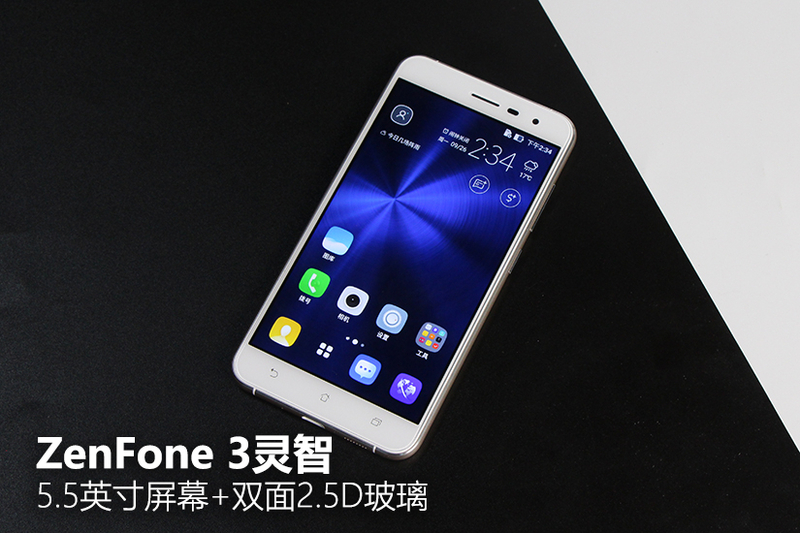
ZenFone 3 Smart uses the now popular double-sided 2.5D glass design, all using Corning Gorilla Glass, which not only scratches and wears, but also makes the edges of the fuselage on both sides gentle and supple, smooth and agile. Positive equipped with a 5.5-inch full HD screen, for the black border, border width has a certain control, the machine screen ratio reached 77%.

Above the front panel, the handset, light/distance sensor, and front camera are arranged in sequence. At the seam between the glass and the metal frame, ZenFone 3 Smart uses a layer of white composite material to wrap it. When dropped, it acts as a buffer to make the glass well protected and reduce the risk of broken screens. It can be seen that while Asustek pursues design aesthetics, it also pays more attention to its practicality.

ZenFone 3 smart box uses a fine sandblasting process to create, with a sleek arc, feel very delicate, holding in your hands and there is no jerky sense of cold. In addition, the middle box also uses a diamond cutting process to create a sharp edge, with the natural front and rear 2.5D glass convergence, highlighting the sense of quality.
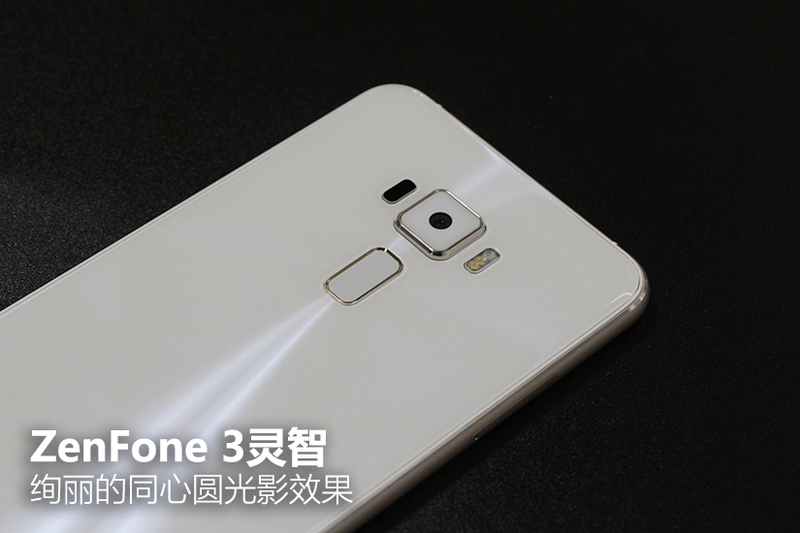
The back of the ZenFone 3 was built by Asus, covering 2.5D glass while using micron-level optical coating technology to create a brilliant concentric light effect that is as chic as a CD disc. According to official sources, ZenFone 3’s smart back has been screened with more than 1,000 proofing options to create this fascinating back light effect today.

The ZenFone 3 smart camera has a rounded rectangular design that stands out from the body, surrounded by metal that is slightly higher than the lens for protection, and the left and right sides are the laser focus sensor and the flash. Asustek has focused on the ZenFone 3 camera module, and we will interpret it in detail in the following sections.
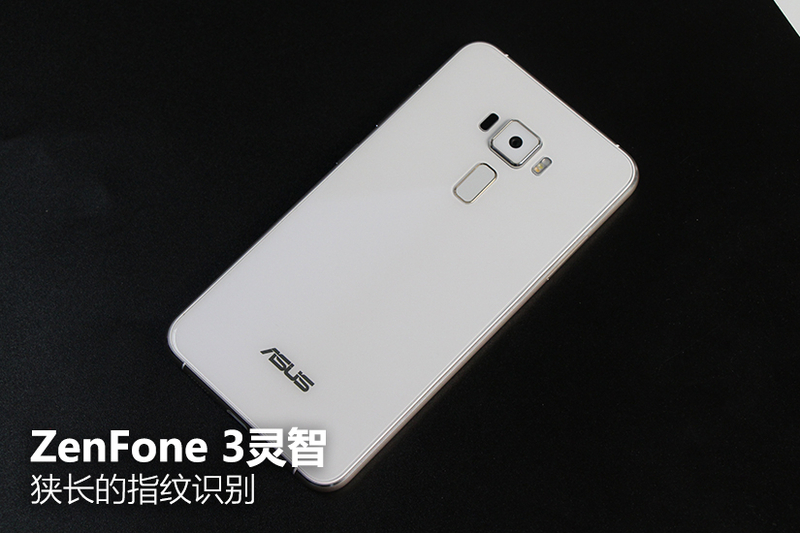
The fingerprint identification module under the camera has a unique shape, which is a narrow rounded rectangle. We also learned from the aspect of words that such a design is on the one hand designers' aesthetic considerations, and on the other hand, it is also convenient for user's fingerprints to unlock, after all, the narrow and long shape is easier to touch, even if the hands are small. The fingerprint recognition carried by this time supports functions such as secure unlocking and payment up to 0.2S.
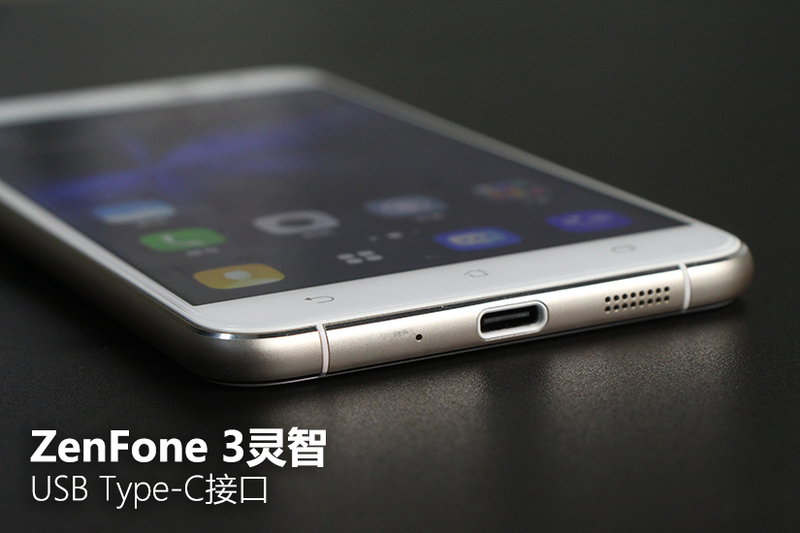
The USB Type-C interface is designed at the bottom of the fuselage to support Qualcomm QC 3.0's fast charging standard. The speaker is located on the right side of the Type-C interface. The left side of the fuselage is a dual Nano SIM card slot, the right is the volume key and power button, 3.5mm headphone jack on the top of the fuselage, the interface design is more regular.
It is reported that the ZenFone design also has the ASUS notebook elite team to join, showing its emphasis on this product. From the final result, ZenFone 3 smart design has broken through the previous mobile phone products of Asus, creating the light and shadow effects of the double-sided glass, the sandblasting texture of the metal frame, and the comfortable feeling of warm and comfortable, which is undoubtedly a bonus item.
Camera resolution
ASUS ZenFone 3 smart wisdom in the domestic slogan is "1600W moment beauty beat", in foreign countries also have "immediate for photography" advertising slogan, showing that Asustek has a certain confidence in its product photography, in this part, we are targeting ZenFone 3 smart photos to do a detailed interpretation.

As we all know, to achieve good imaging effects requires a variety of coordination, including mirrors, photosensitive elements, ISPs, and late-stage algorithms. The ASUS ZenFone 3 smart has certain characteristics in these areas. First of all, the ZenFone 3 smart uses a Sony IMX 298 sensor. This sensor is 16 million pixels and supports phase focus. It is also used in mainstream flagships such as Xiaomi 5, Huawei Mate8, and One plus Three. It has a good reputation and especially supports DTI. (Pixel isolation technology) to ensure the color purity of the picture.
Secondly, ASUS added a laser focusing module, and based on this, it created a three-focus focusing system that integrates contrast focus, phase focus, and laser focus to focus on a variety of light scenes, or under any light source scenario. For non-stop moving distances of moving objects, accurate and fast focus can be achieved in various dynamic and static environments.

Lastly, optical image stabilization and electronic image stabilization technology are two-pronged to ensure a stable picture. In addition, ASUS incorporates Pixel Master technology in the camera. Through post-processing, it can output 64 million resolution resolution photos to restore true details. How does the realization of these technologies bring about much improvement in imaging? Here we use real proofs to help everyone interpret.


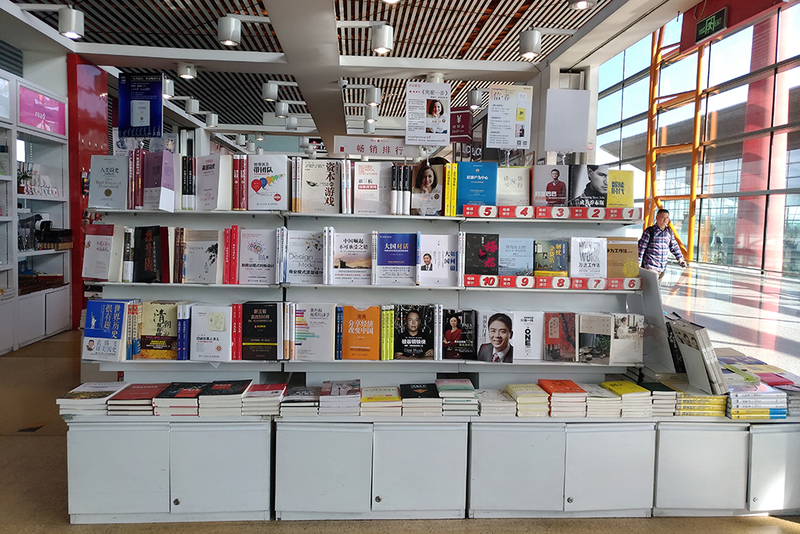
In the daytime situation, the white balance of ASUS ZenFone 3 is more accurate and the first view is good. It is reported that in order to make white balance ZenFone3 is equipped with a color correction sensor that can detect the type of light and automatically apply the best settings to achieve natural color quasi-ball restore. In addition, the resolution of 16 million pixels is enough to restore the true details.
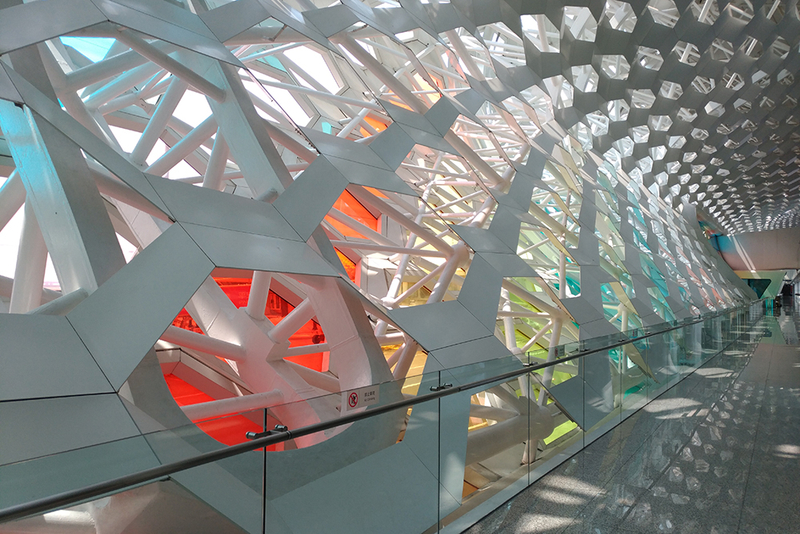

Thanks to the three-focus system's blessing, the performance in focusing is particularly rapid, especially in the macro shooting, the ordinary mobile phone needs to achieve phase focus, encounter the scene of the light environment is not friendly, may also Intensify contrast focus, blur a few back and forth. The ZenFone 3 intelligently judges the scene, selects the laser to focus directly on the light, and directly adjusts the focus through the distance information received. The speed and accuracy are guaranteed.
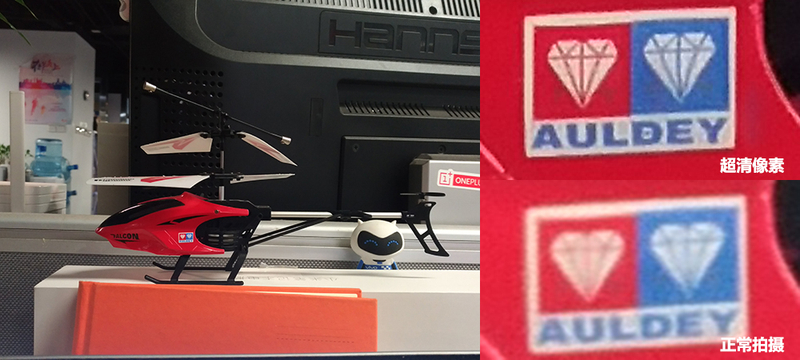
Then we also experienced ASUS's Pixel Master technology. Helicopter toys were photographed in the same location. After the same magnification, we could see the 64 million resolution advantage.
At night, the performance of the Asus ZenFone 3 has some surprises. After all, the night scene is particularly harsh on the test of mobile imaging. It is necessary to take care of the details of the shadows and take care of the purity of the images.

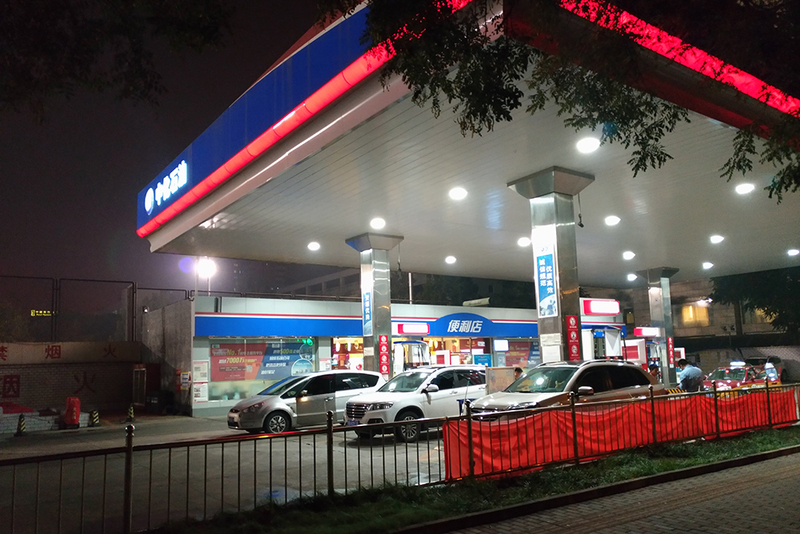
Through the proofs, we can see that the Asus ZenFone3 Smart is backed by the F2.0 large aperture and optical image stabilization feature, which allows the exposure to increase and the brightness of the screen to be acceptable. Even the windows of dark buildings can be seen. In addition, the performance of the sky, ASUS ZenFone3 smart show a rare prime, noise control properly.
It can be seen that Asustek is very dedicated to the creation of the ZenFone3 smart camera. It does not have any problems in daily photographing. Even at night, it has great strength. Its advertising language is not groundless. However, Asustek's camera interface needs to be improved. How to present many useful functions succinctly is the direction that the author believes to be improved in the future.
Save the child 3.0 experience
With the success of Internet mobile phone manufacturers in recent years, excellent user experience has gradually been regarded as the only way to build products. The creation of mobile phone systems is regarded as the key to providing a good user experience. ZenFone 3 Smart is equipped with Asus's System 3.0. It's easy to see the characteristics of grounding gas. Here's the author's experience to help you to understand the system.
Compared to the previous version 2.0, this provincial child 3.0 has been upgraded mainly in UI design, text messaging, and "earning +". Let's first look at the changes that have been made in the design of UI 3.0.
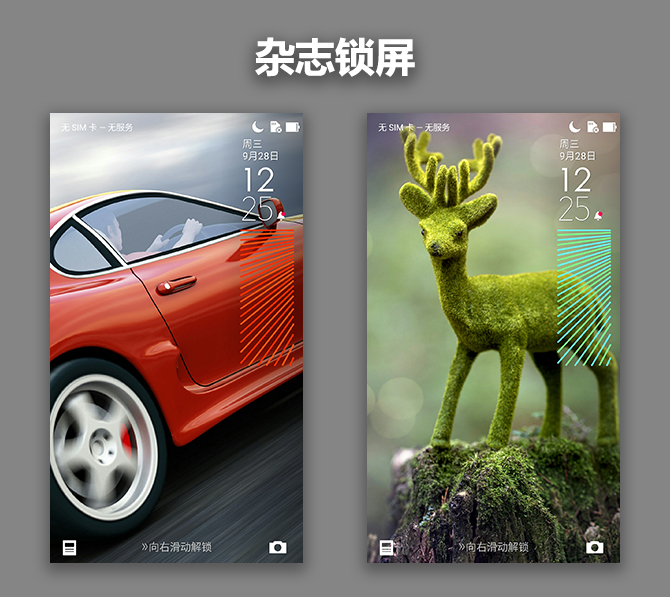
Gemini 3.0 joins the magazine lock screen, and the pictures are categorized according to topics such as "fashion", "travel", "car" and "living". Users can freely subscribe according to their own preferences. In addition, you can add a preview of the weather scene below the system time. However, the pattern of this notice is rather special. According to the official announcement, it is inspired by the depiction of the weather in Maya culture. New users may need some learning costs to adapt.

Entering the main interface of the system, the interface of the childcare 3.0 is more concise and smooth, and the widget of the date and time is more flattened. The system will place the pre-installed software in different folders according to the category, open any folder, swipe left or right to switch between different folders without returning. It's a bit like the experience of placing Android secondary menus directly on the desktop. It not only simplifies the operation steps, but also facilitates inductive collation.
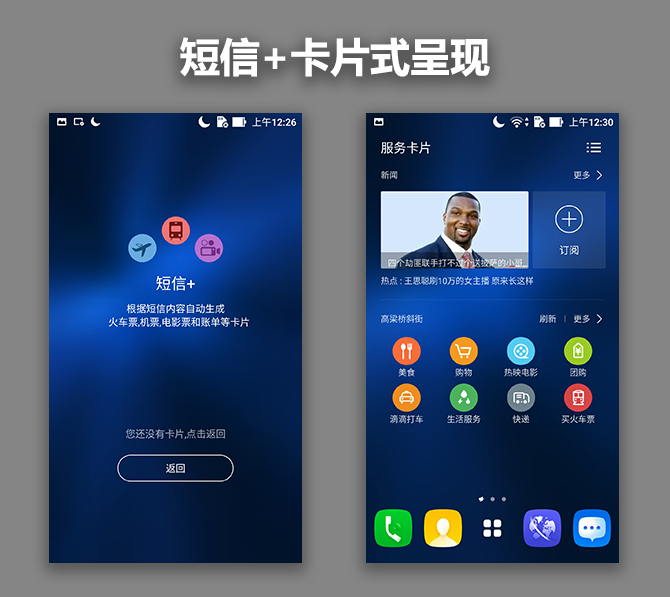
The SMS part is a major highlight of the 3.0 system. ASUS named it as “SMS+â€, which explains its role to a certain extent: beautifying the presentation of SMS and extending the operation of SMS. The entrance of SMS+ is set under the clock on the main screen. After entering, the system will automatically display information such as train tickets, movie tickets, bank bills and other information in the form of a message card. The main information is clear at a glance, which is convenient for management and the next operation.

"Making +" is the biggest feature of the provincial system 3.0. In "make +", users can complete the system's built-in tasks, such as setting avatars, column check-in and other simple and easy operations to get Zen coins, users can earn "Zen currency" in the system in exchange for a variety of Zen currency store Small gifts or direct online recharge traffic. (Note: The Zen currency is a virtual currency in the provincial system 3.0, and can only be used in the Zen currency store as a rule).
Overall, Asustek's System 3.0 has made some improvements in the UI. The magazine lock screen meets the user's individual needs. “SMS+†also facilitates the user’s information management. “Earning +†becomes more systematic. Unique characteristics, earning virtual currency to obtain corresponding benefits, make the overall system more convenient and thoughtful.
ZenFone 3 Smart Hardware Configuration
ZenFone 3 as a positioning midrange product, selected Qualcomm Snapdragon 625 processor, which is a midrange chip that Qualcomm pushed in the second half of this year, featuring superior power control, with its built-in 3000mAh battery, mobile phone Life time is further guaranteed.
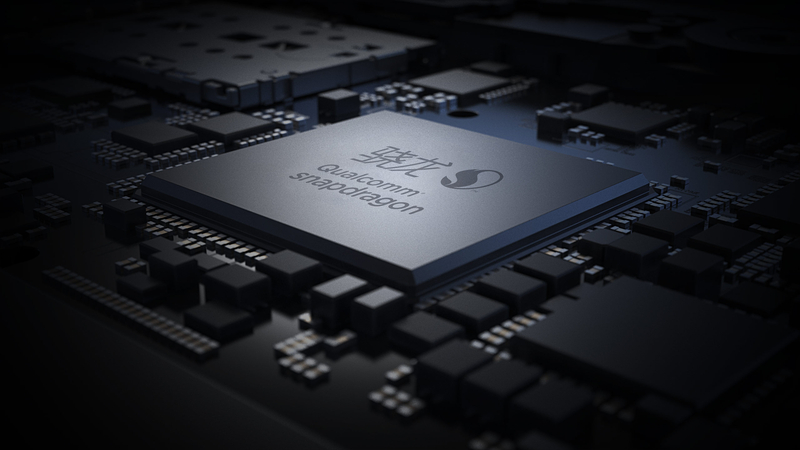
The Qualcomm Snapdragon 625 processor is part of the Snapdragon 600 series and consists of eight parallel Cortex-A53 cores built on an advanced 14nm FinFET process. The Cortex-A53 architecture is characterized by its high energy efficiency and small area, so it is often referred to as the "energy saving core". This time, Qualcomm has chosen a 14nm process, which will make the processor more power-efficient and generate less heat, so that the A53 core's main frequency can be maintained at a relatively high 2.0GHz and will not be downed due to overheating. Sufficient performance, we also conducted a certain run points test, security Bunny easily break 60,000 points, GeekBench 4 single-core breakthrough 800, multi-core breakthrough 4000.
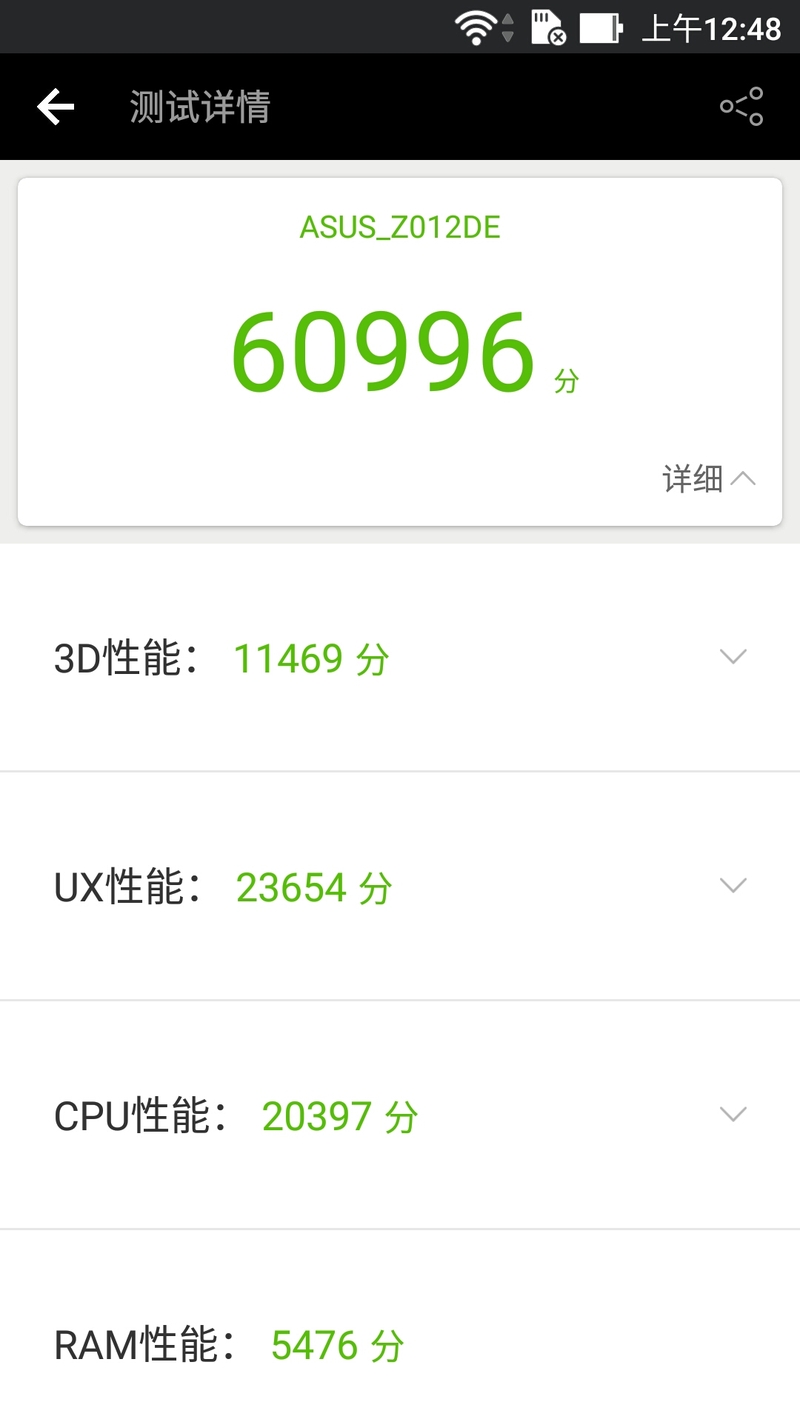
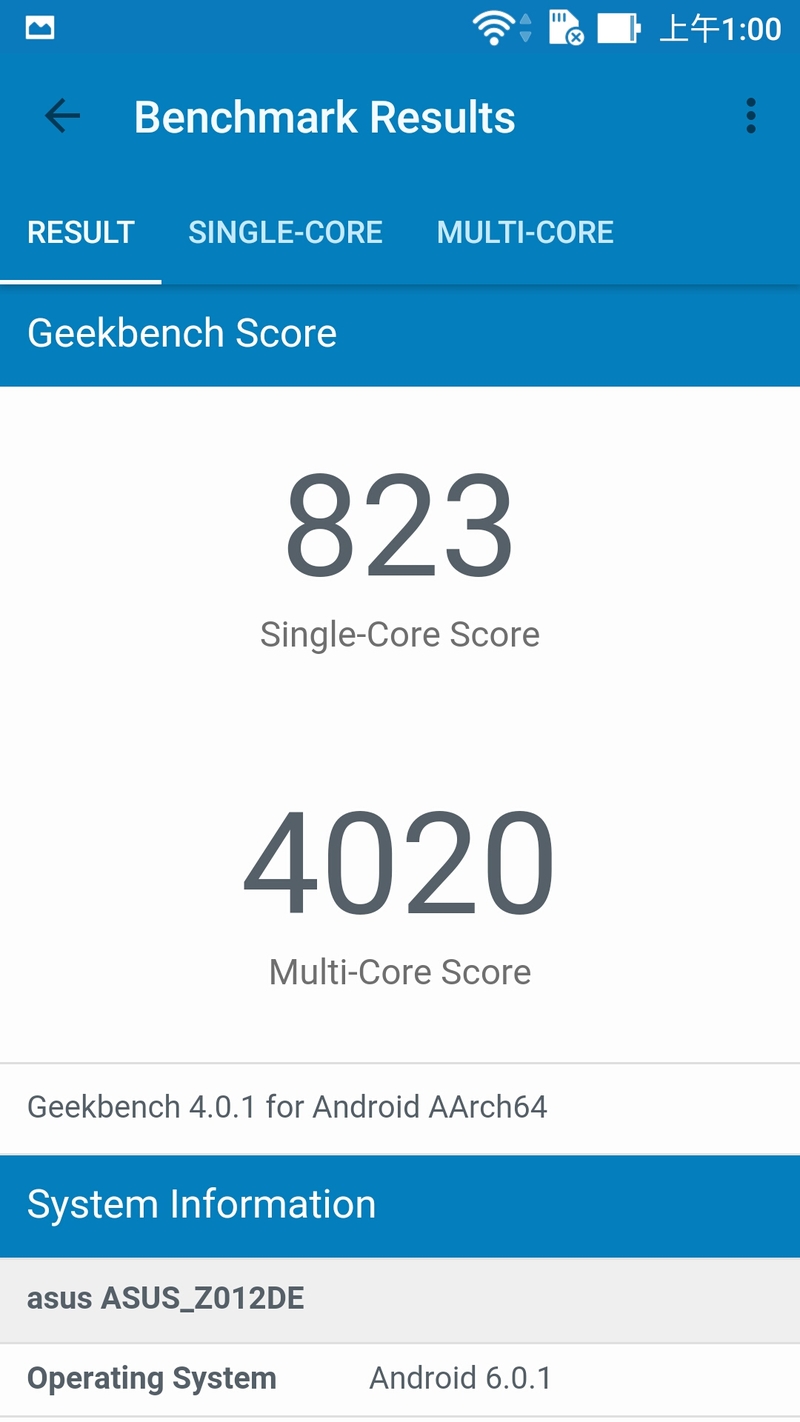
In addition to the processor design and process, Qualcomm has more expertise to further reduce power consumption. For example, UBWC (Universal Bandwidth Compression) is added to the GPU to achieve more realistic scene and object rendering with lower power. In principle, the bandwidth compression technology can use less bandwidth when transmitting data of the same size, so the amount of computation is higher, and the details of obtaining the picture are even more detailed. In practical applications, it is possible to reduce unnecessary power consumption during GPU operation and achieve more power saving.
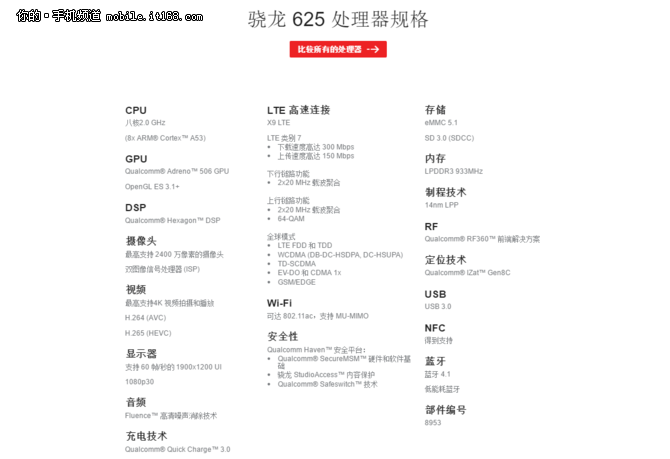
   Connectivity, Xiaolong 625 processor equipped with Xiaolong X9 LTE ​​modem, support Cat.7 LTE network, uplink and downlink support for dual carrier aggregation, downlink speed up to 300Mbps, uplink speed up to 150Mbps; also supports 802.11 The Wi-Fi technology of ac and MU-MIMO (which can be simply understood as no congestion Wi-Fi) brings an excellent wireless connection experience.
   to sum up
As can be seen, ASUS to create ZenFone 3 smart this product efforts, its design has broken through the words of the past, double-sided 2.5D glass + nano-coating, creating a crystal clear and dynamic visual perception; camera It also boasts excellent hardware configuration, and the improvement of the imaging effect is immediate, with certain advantages in focusing and night scenes; as well as a balanced configuration, the energy-saving Xiaolong 625, 4GB+64GB storage combination is enough for daily smooth use. Although the UI needs to be strengthened and the individual design is not beautiful, it is still undeniable that Asus will pay. In particular, compared to Asus's previous products, the ZenFone 3 Smart is absolutely a milestone.
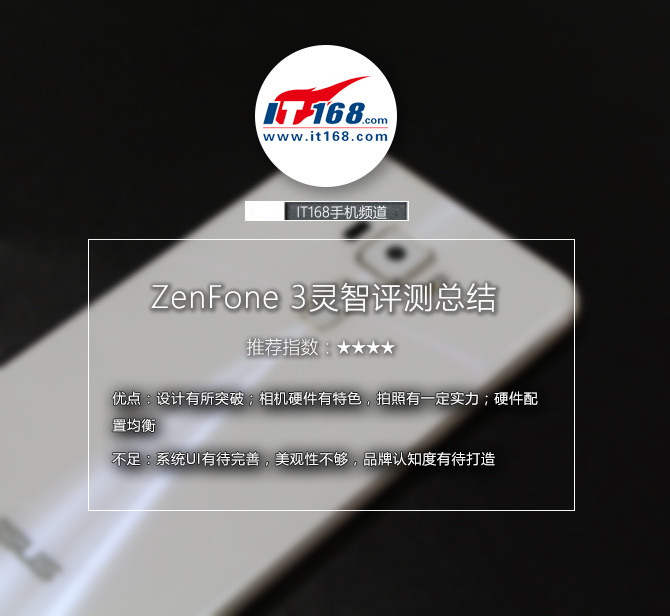
   As for the sales of this product, Asustek said that at present, more energy will be spent on offline experience, put many resources on the line, extending to the third and fourth line market, so that more users experience the product, spread the word of mouth. After all, in Asustek's view, the products are well-made, and consumers can be attracted by the features and superior quality. ZenFone 3 Smart is on the way.
the blue ray dvd case use to pack the dvd-r ,cd-r ,blue ray dvd-r,blue ray cd-r
blue ray dvd case ,blue ray dvd box ,blue ray dvd cover
Shantou Yashidar Electronic Co.LTD , https://www.headsetswireless.com